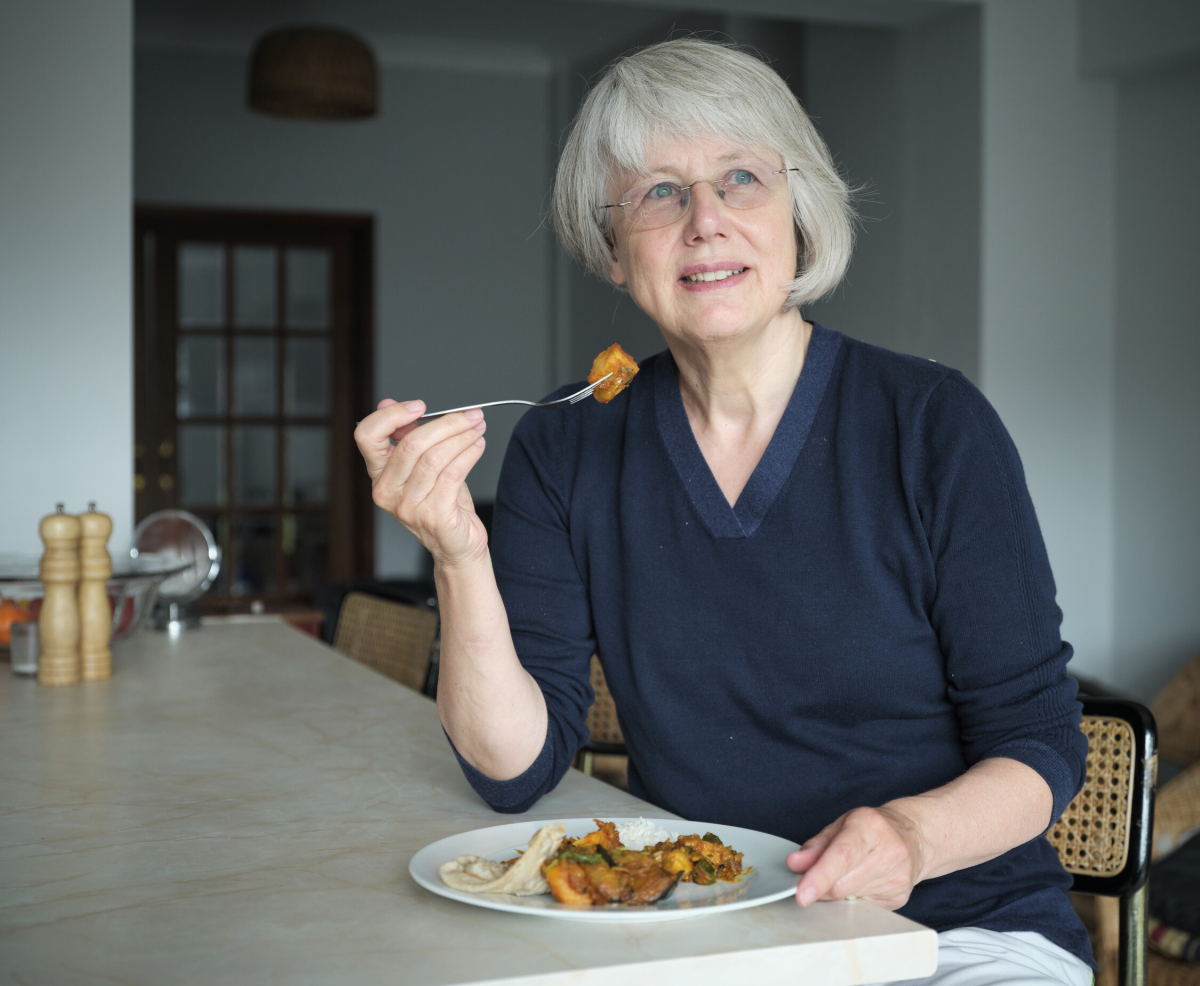Handoll HHG, Cameron ID, Mak JCS, Panagoda CE, Finnegan TP. Multidisciplinary rehabilitation for older people with hip fractures. Cochrane Database of Systematic Reviews 2021, Issue 11. Art. No.: CD007125. DOI: 10.1002/14651858.CD007125.pub3. Accessed 01 February 2022.
Picture this…
Korra fell, broke her hip, and ended up in hospital. Having had the necessary surgery, she didn’t want to stay in hospital for any longer than necessary – and she knew the hospital staff liked to move people on when they can. Someone explained to her that she was going to get what they call “multidisciplinary rehabilitation”: support from a team of people, led by a doctor, to support her recovery. She was expecting that she might simply get a visit from a physio and wonders if this support from a team makes any difference.
Summary messages
· For people who are in hospital after they have had surgery for a hip fracture, research suggests that support from a mixed team of professionals, led by a doctor, does lead to better recovery than other forms of rehab
· For people who have been discharged from hospital following surgery for a broken hip, there is insufficient high-quality research to tell whether support from a mixed team of professionals, led by a doctor, leads to better recovery than other forms of rehab
The data
Every year, more than 70,000 people in the UK are treated for a hip fracture. Hip fractures are most common in older people and present several challenges: they are painful, limit mobility, and can lead to further health problems and increasing needs for support. One form of rehabilitation for older people who have had surgery following a hip fracture involves putting in place a mixed team of professionals, led by a doctor, to support recovery. Doing this might be more costly and time-consuming than other approaches, though, so it is important to establish whether it helps people.
To improve our understanding of this issue, researchers systematically reviewed and synthesized the existing research on this topic: in other words, they identified and brought together all the studies that had looked at this way of working, focusing on studies that compared it with other ways of supporting people. They were most interested in seeing whether it kept people alive and out of care homes, but also considered possible benefits related to pain and to being able to get around and do things. Where possible, they combined the results to give a clearer picture of what was happening.
The researchers found 28 studies, most of which involved people still in hospital. The mixed-team approach seemed to provide some benefit. The researchers calculated that for every 25 people who were supported in this way while still in hospital, one person who would otherwise have died or had to move into a care home was able to return to their own home instead. The studies were less helpful when it came to other things: it seemed as though fewer people ended up dying in hospital (though there could have been more), and it probably helped people to get back on their feet. Even when considered as a group, the studies carried out on patients after they had been discharged from hospital were too few and of insufficient quality to provide any firm answers.

Photo credit: Photo by Mehmet Turgut Kirkgoz on Unsplash
What will this mean for patients?
If they are offered a choice about the kind of rehabilitation they receive, patients may want to request this kind of multidisciplinary rehabilitation, since it seems to produce better results.
For most patients these results may not be helpful as they have limited control over what kind of help with recovery they will get as it depends what is provided where they live. The researchers’ findings indicate that a team approach is probably a good thing but, as they point out, it is hard to be sure how much benefit it brings, especially to patients who have left hospital.
What next?
The researchers are aware that the preference these days is to get people out of hospital sooner rather than later. They suggest future research should look at how team-based approaches can be used as part of this, and particularly at what aspects of these approaches are most helpful.
Where is Korra now?
Korra is now at home after having received multidisciplinary rehabilitation. She is not sure what the positive effect this had on her recovery, if any. Korra is, however, aware that others who did not receive this care strategy have struggled a lot more with their recovery and others have died since their surgery. She hopes that, in the future, individuals will have more say over the follow-up they receive in order to feel more in control of their care plan.

Photo credit: Centre for Ageing Better Age Positive Image Library
Iain Lang
University of Exeter
Please note: The stories and pictures used do not represent specific individuals – they are merely utilised to contextualise the data into a more digestible format.
Reference points
Handoll HHG, Cameron ID, Mak JCS, Panagoda CE, Finnegan TP. Multidisciplinary rehabilitation for older people with hip fractures. Cochrane Database of Systematic Reviews 2021, Issue 11. Art. No.: CD007125. DOI: 10.1002/14651858.CD007125.pub3. Accessed 01 February 2022.
The NHS webpage containing information about hip fractures, including information about the professionals who might be part of the approaches considered in this research, is here: https://www.nhs.uk/conditions/hip-fracture/
If you have any comments regarding this blog post, please contact us at globalageing@cochrane.org. We would love to hear your thoughts and answer any questions you may have.
Web editor: Monserrat Conde
